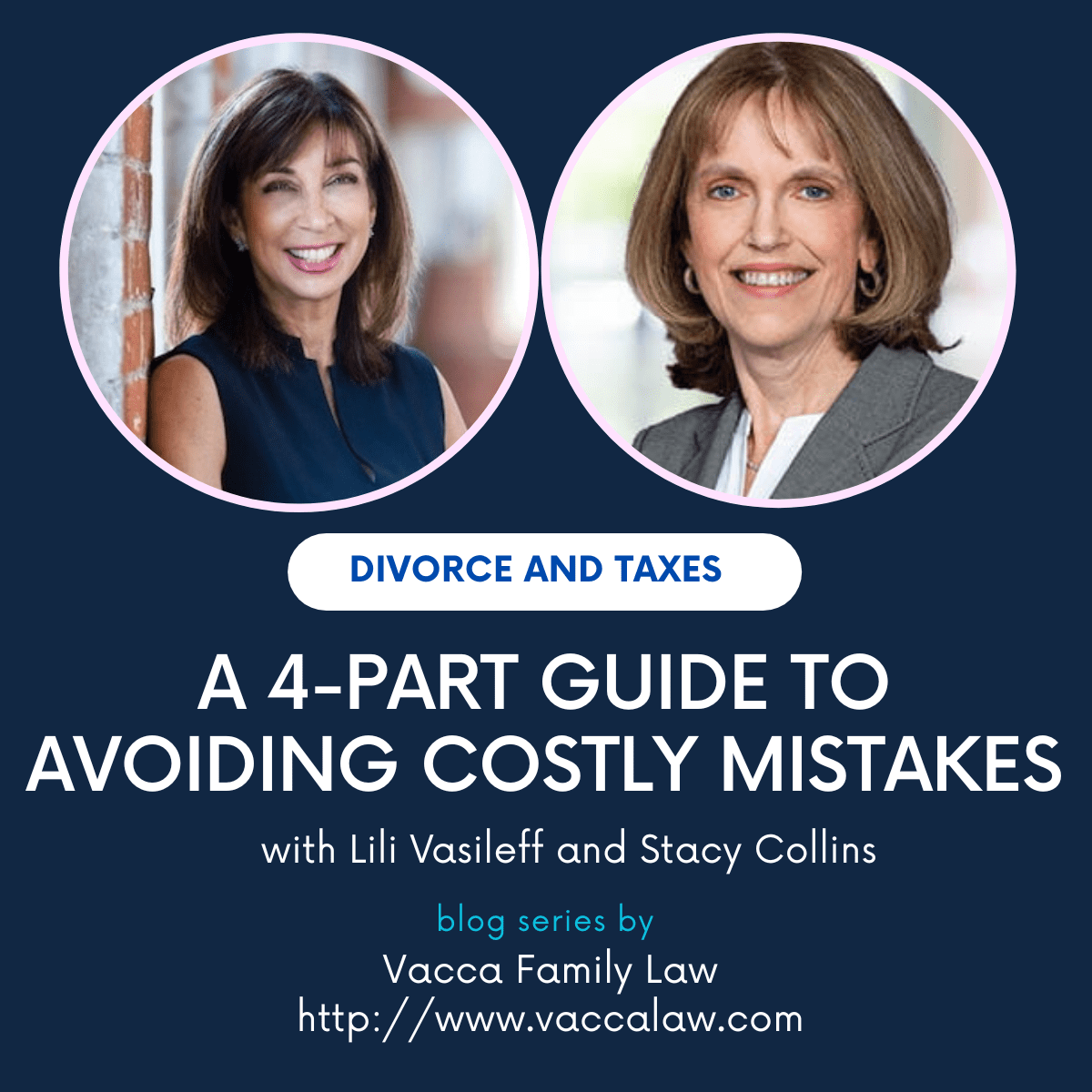I read with great interest several recent articles about the upcoming changes to Social Security rules. One in particular which I will recommend is by Philip Moeller who is an expert on retirement, aging, and health nd is co-author of The New York Times bestseller, “Get What’s Yours: The Secrets to Maxing Out Your Social Security.” This information is timely because a deadline is quickly approaching. In order to avail yourself of the IRS’s “File and Suspend” rules and the “Claim Now, Claim More Later” strategy, you must file for Social Security benefits by April 29th 2016 before these options end. Below are some additional pieces of information on that and other topics that I found particularly thought-provoking:
If you’re married or divorced and turning at least 62 by January 1, 2016, it’s crunch time. Your deadline is April 29, 2016. The budget bill signed by President Obama included perhaps the most significant change in Social Security benefits since 1983. Two major Social Security claiming strategies for married couples and divorced individuals have now been closed.
All of which has left a lot of pre-retirees scrambling. To help you make sense of these changes, and to help you decide how to respond, here are five key points to know:
Married couples will have fewer claiming options. The popular strategy “File & Suspend” will no longer be allowed.
By Friday, April 29, 2016—about six months after the bill’s signing—people who have not yet filed for Social Security benefits will no longer be able to use the program’s “file and suspend” rule. This claiming strategy has permitted one member of a married couple to file for Social Security at full retirement age, thereby enabling a husband or wife to file for a spousal benefit. The higher earning spouse, meanwhile, could then suspend his or her own retirement benefit, which could earn delayed retirement credits by 8% a year.
If you turn 62 in 2016 or later, the “Claim Now, Claim More Later” strategy will also disappear. Though less widely known, this strategy allowed the lower earning spouse to apply for their own benefit and the higher earning spouse to file a restricted application for their spousal benefit based on the lower earning spouse’s record. The higher earning spouse could then switch to their own higher benefit at age 70. Under the new law, both spouses will be required to file for all benefits at once.
There are a few exceptions, though time is running out for some. Age 66: Depending on your age, you may have a window of opportunity. First, a person at least age 66 can continue to file and suspend until April 29, 2016. By doing so, your spouse and qualifying family members may be eligible to receive benefits after the law becomes effective. Plus you can continue to receive delayed retirement credits for up to four years. Clearly, if you are 66 or older and intend to do this, you should start the process NOW.
Second, people who are 62 or older as of Jan. 1, 2016, are grandfathered in and will not be subject to the expanded deeming rules. This means that if you filed (or filed and suspended) for your own retirement benefits (or do so in the next six months), your spouse can still file a restricted application for just spousal benefits. But to qualify for this exception, your spouse will need to be at least 62 by Jan. 1, 2016.
Younger than 62 on Jan. 1, 2016: Anyone who doesn’t turn 62 by the end of this year will lose the right to claim spousal benefits only. If you are entitled to both spousal and worker benefits, you’ll be deemed to be filing for the largest benefit possible — your own or your spousal with no better option
Divorced spouses have fewer options. Claiming spousal benefits as a divorced spouse. Under the old rules, you could claim a spousal benefit only at 66 as long as your divorced spouse was 62, and delay claiming your worker’s benefit until it reached its maximum value at age 70. That option has been eliminated. When you file, you’ll be deemed to be filing for the largest benefit possible. Also, the new rules seem to require that the spouse of a divorced person filing for benefits also must have filed for his or her own benefits. Since this could allow 1 ex-spouse to hold the other ex-spouse’s benefits hostage, financial experts believe this aspect of the new regulations will be corrected.
Widows and widowers are mostly unaffected. Survivors who are eligible for both earned and survivor benefits will continue to have 2 strategies available to them. They will continue to be able to start with a survivor benefit at age 60, then switch to a higher worker’s benefit anytime up until age 70. Or under some circumstances, a widow may find it advantageous to start with a worker’s benefit at age 62 and switch to a higher survivor’s benefit at full retirement age.
Are online tools available to help me sort out a new claiming strategy?
Many online advice tools are still being updated. Two leading providers of Social Security claiming software, Maximize My Social Security and Social Security Solutions, have posted partial explanations of the changes and urged people to proceed carefully before making any new claiming decisions.
Social Security has not yet posted any notice about the changes on its public site. It is expected to update its formal rules, but this process could take some time. When making claims at the SSA, use the agency’s automated processes, keeping any human interaction to the minimum. Especially if you have multistep claiming strategies or benefit calculations, avoid frontline workers, who are not familiar with such strategies and may create unnecessary problems for clients.



